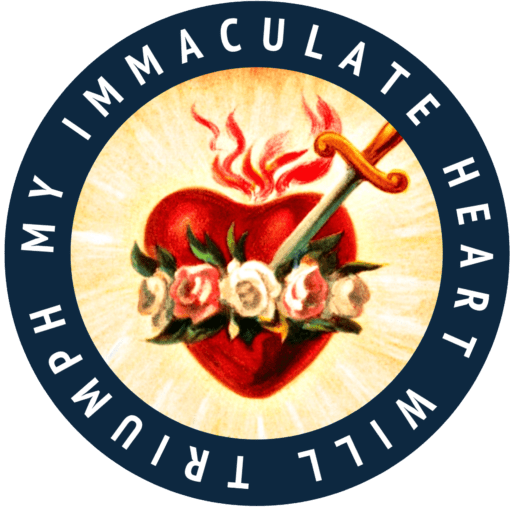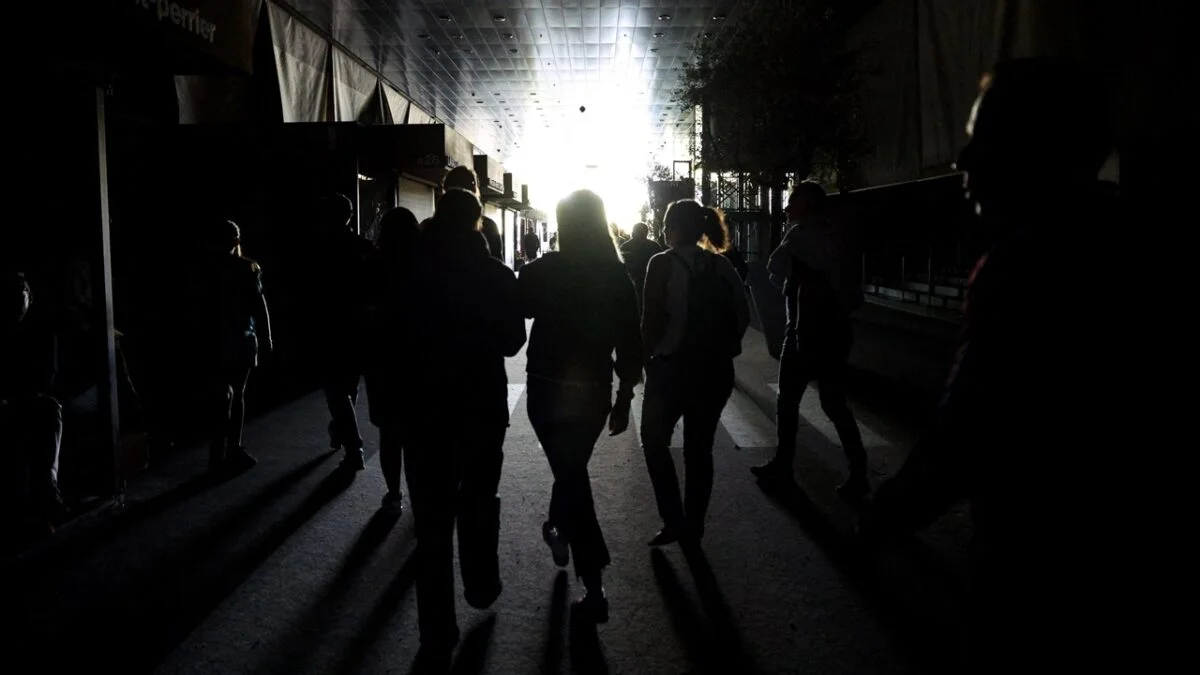
Tag: catholic blog
-
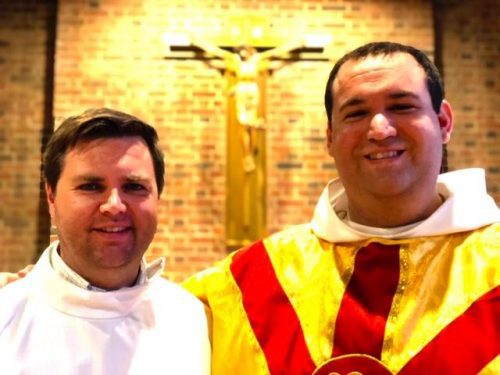
J.D. Vance’s Path to Catholicism: 13 Key Moments!
Read More: J.D. Vance’s Path to Catholicism: 13 Key Moments!By Matt McDonald National Catholic Register, Jul 2 Republican vice presidential nominee J.D. Vance is one of the most overtly religious major politicians in America. Vance has written extensively about his life in faith, both in a mega-selling memoir and in a long essay that describes how a drug-using teenager with anger problems, family problems, school…
-
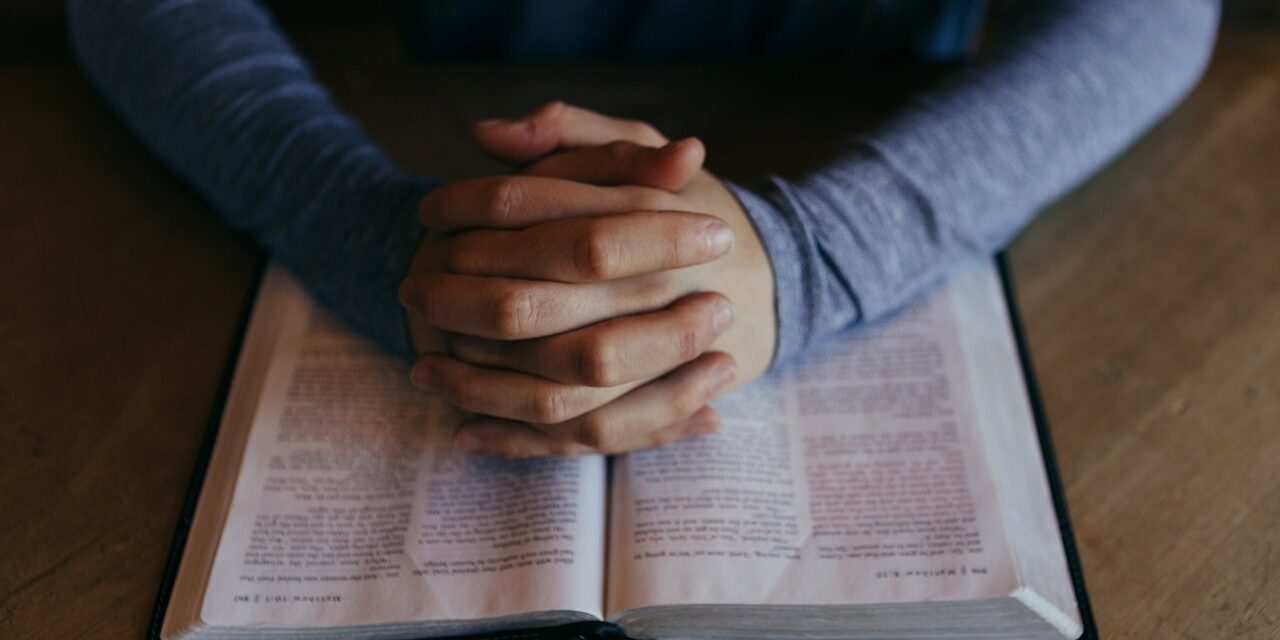
Practical Guide to Be Consistent in Prayer Life
Read More: Practical Guide to Be Consistent in Prayer LifeConsistency in prayer is essential for deepening your relationship with God and nurturing your faith. Here’s a practical guide to help you maintain a regular prayer life: 1. Set a Specific Time for Prayer Morning Offering: Start your day with a morning prayer. Offer all your thoughts, words, and actions to God. Evening Reflection: End…
-
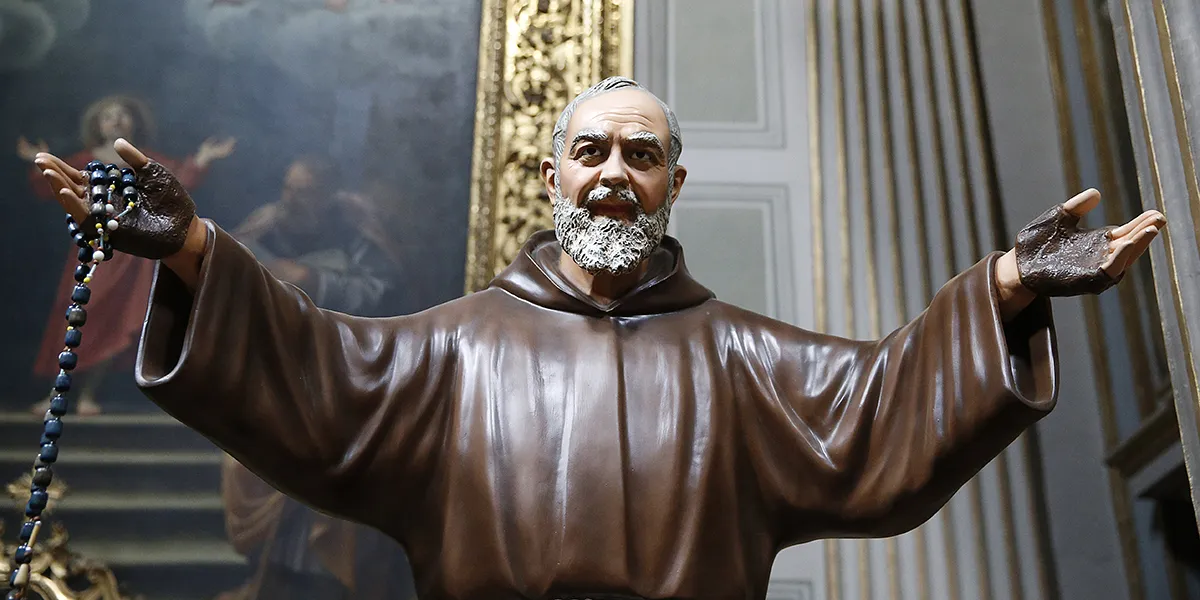
St. Padre Pio’s 3 Simple Weapons for Spiritual Warfare
Read More: St. Padre Pio’s 3 Simple Weapons for Spiritual WarfareIn the life of a devout Catholic, the concept of spiritual warfare is ever-present. We are constantly reminded of the battle between good and evil, light and darkness, and the need for steadfastness in our faith. St. Padre Pio, a revered saint and mystic, provides profound insights into this struggle. Known for his piety, miracles,…
-
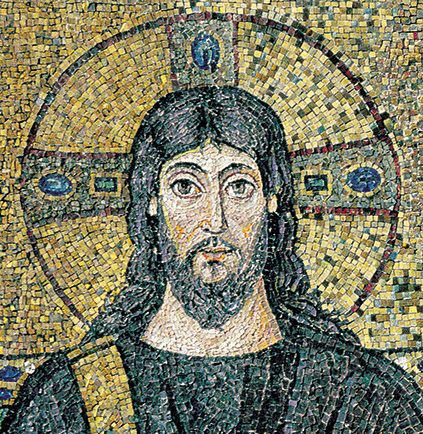
How The World Looked When Jesus Was Born
Read More: How The World Looked When Jesus Was BornWhen our Lord Jesus Christ was born, around 4 BC, the world was a vast and intricate mosaic, held together by the immense power of the Roman Empire. To understand this sacred period, we turn to the insights of Roman geographers and historians, whose writings provide a window into the ancient world as it was…
-
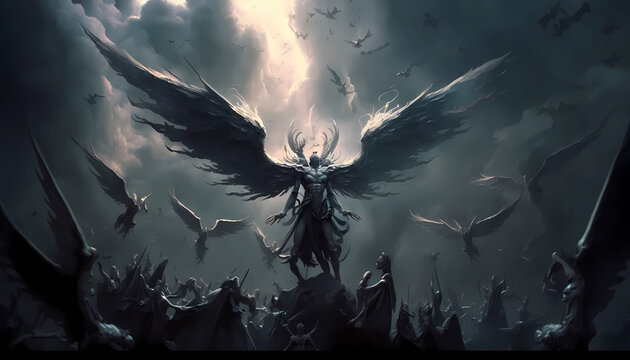
All 7 fallen angels’ names and meanings with their deadly sins | Know Your Enemy!
Read More: All 7 fallen angels’ names and meanings with their deadly sins | Know Your Enemy!The concept of the 7 fallen angels has long captured the imagination of theologians and the public. Once revered for their beauty and wisdom, these powerful celestial beings succumbed to the allure of sin and were cast out of heaven. Their fall from grace is an advisory about the dangers of sin. But what are…
-
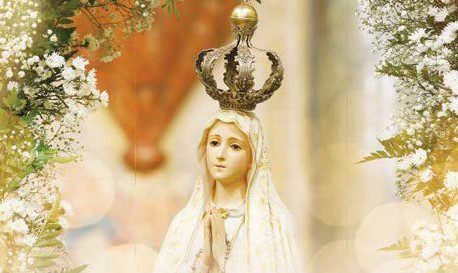
The Number 13 Belongs to Mama Mary?
Read More: The Number 13 Belongs to Mama Mary?Is 13 really that unlucky? Or actually ‘Holy’ for it belongs to Mama Mary? ‘Friday the 13th’ day. The ‘unlucky’ truth is that, most of us are conditioned to think of this day is the unluckiest day for it falls under the ‘unluckiest’ number: 13. The number ’13’ is oftenly associated to badlucks. Several buildings…
-
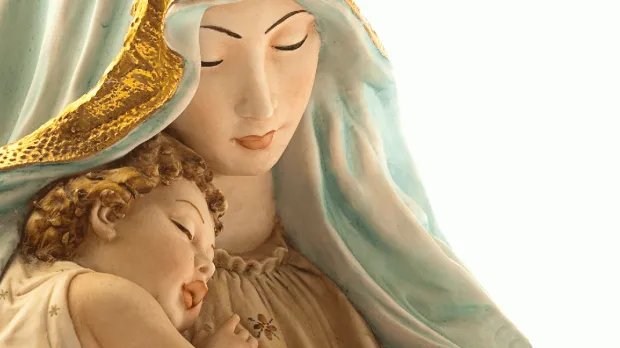
A prayer to keep from feeling that you suffer alone
Read More: A prayer to keep from feeling that you suffer aloneGive everything to God, your Heavenly Father. He is with you.We should never suffer alone because we can place all our pains and sorrows into the loving hands of God, our Heavenly Father! He has the power to comfort us in our time of need and bring spiritual consolation, even when the rest of our…
-

Search
Popular Posts
-
🙏 A New Chapter Begins: Supporting Pope Leo XIV with Prayer and Hope | W/ Daniel O’Connor
“Give the new pope a break and support him with your prayers.”–…
-
Possible Candidates for The Next Pope!
Some Candidates for the New Papacy Today we will share with you…
Categories
Archives
Tags
#Miracles (102) 2023 (4) 2024 (4) approved miracles (2) catholic (141) catholic blog (375) catholic meditations (7) catholic miracles (371) catholic motivation (2) catholic news (371) catholic prayers (4) CatholicSeers (359) catholic vlog (375) catholic websites (6) Eucharistic miracle (2) fr jim blount (3) GisellaCardia (11) hamas (3) imitation of christ (2) Israel (4) israel live (5) Israel news (9) jesus (3) jesus christ (4) Latest messages (11) lent 2023 (10) lent 2024 (4) lent homily (2) lent retreat (4) lent retreat 2023 (3) Lourdes (2) messages from god (6) MessagesFromHeaven (364) miracles of catholic church (2) mother and refuge (2) ourlady (325) OurLadyApparitions (22) our lady of lourdes (2) Pope (2) POPE francis (3) pope francis news (2) prayers (3) real miracles (356) sacred heart of jesus (2) The Miracles of Lourdes (2)
